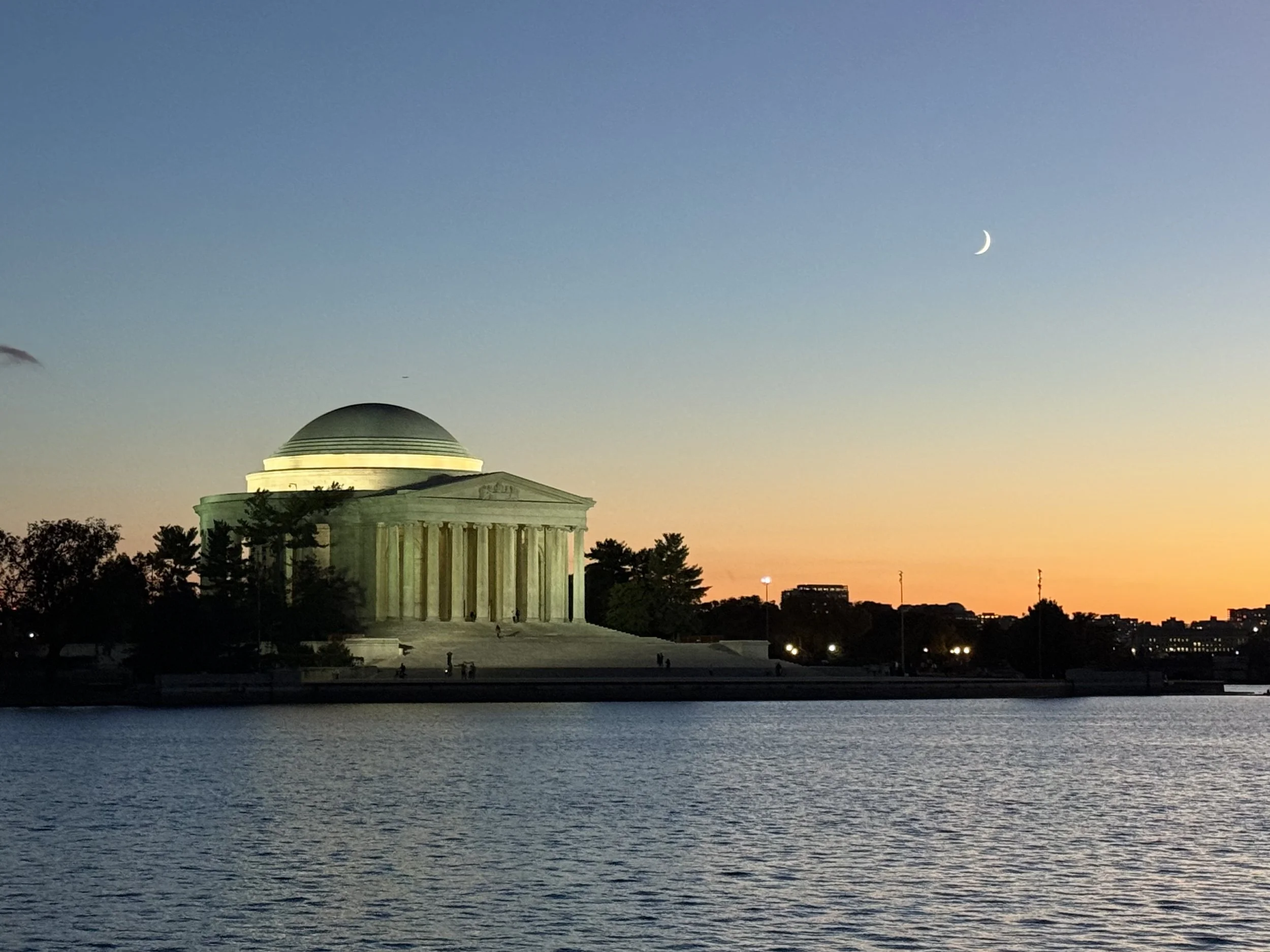2024: Water Problems in the Heartland
/In the Midwest, we’ve historically had more than enough water for everyone. Agricultural, industrial, and residential uses have all developed more or less peacefully (at least in terms of access to water). This usually meant a laissez-faire approach to state and local water regulation. But 2024 may be the year that challenges the status quo.
The proposed Limitless Expansion Advanced Pace (LEAP) district in central Indiana is a 9,000-acre state-supported industrial project in Boone County. The Indiana Economic Development Corporation (IEDC), a quasi-government agency, has been working to attract large industrial and high tech projects like microchip manufacturers and pharmaceutical facilities to come build in the LEAP district. The goal is to create a hub of global innovation with high-paying jobs and sustainable development between Indianapolis and Chicago, along I-65 near Purdue University.
“At full build, LEAP Lebanon will be home to hundreds of companies, employing over 50,000 employees at industry-leading companies devoted to boundary-breaking projects in life sciences, microelectronics, ag-tech, clean tech, electrification and EV innovation. The District will advance research that creates knowledge and jobs together, providing a unique space for cross pollination and collaboration between R&D labs and advanced manufacturing.”
These are certainly worthy goals. To support the project with the necessary water resources, officials have suggested piping up to 100 million gallons of water per day from the Alluvial Aquifer beneath nearby Tippecanoe County to the LEAP district in Boone County. Semiconductors and microchips require a great deal of water for production. But local officials, residents, and agricultural groups have raised questions recently about whether the LEAP plans for water withdrawal are truly sustainable—or fair to other existing land uses. Critics say the proposed water pipeline plan could make residential wells run dry and stress the aquifer farmers rely on for crop irrigation. Supporters say there is plenty of water to go around and point to the economic boost the LEAP project would bring to the whole region.
First, some legal background. Generally, groundwater users in Indiana can pump as much water as needed. The Water Resource Management Act, I.C. 14-25-7, requires Significant Water Withdrawal Facilities (SWWF) to register and report withdrawal amounts annually. A SWWF is a water withdrawal facility with the capability of withdrawing more than 100,000 gallons of water in one day. The Water Rights: Emergency Regulation Statute, I.C. 14-25-4, provides recourse if a SWWF causes a regular well to go dry, but does not typically limit the amount of water a well can withdraw. So in most circumstances, a development does not need prior permission to withdraw large amounts of water; it must just report its water usage after-the-fact. This is, of course, very different than the regulation in many western states with well-known water shortages such as California or Arizona, who limit or tax water withdrawals.
As the LEAP district moves forward, numerous neighboring communities have opposed the project. Tippecanoe County enacted an ordinance establishing a temporary moratorium on withdrawals of large amounts of groundwater. The moratorium prohibits anyone from exporting “high volumes of water” (5 million gallons per day, on average) from Tippecanoe County. The moratorium could be extended if the state does not address water regulation in its 2024 session (which starts Jan. 8). Here we see Tippecanoe County trying to exercise legislative jurisdiction over its resource (water) as Boone County exercised its own jurisdiction to encourage the LEAP district development. Theoretically the counties through which the water would be pumped in pipelines might also enact new setbacks or other siting zoning ordinances which could complicate the project.
The IEDC was spearheading a study on water resources for the LEAP district. The IEDC’s early findings found “abundant water availability” in central Indiana. In late 2023, Governor Holcomb moved responsibility for the LEAP water study away from IEDC and into the Indiana Finance Authority after some local and state officials questioned the transparency around the IEDC’s study. The IFA will also increase water monitoring devices and accelerate the state of a second broader regional water study.
The LEAP project reveals two legal issues I expect we’ll see more of in 2024: (1) the new tension over water as growing populations, agricultural production, industrial demands, and patchwork regulation collide in areas with increasing groundwater demand; and (2) the conflict between state economic development interests and local control over land use.



